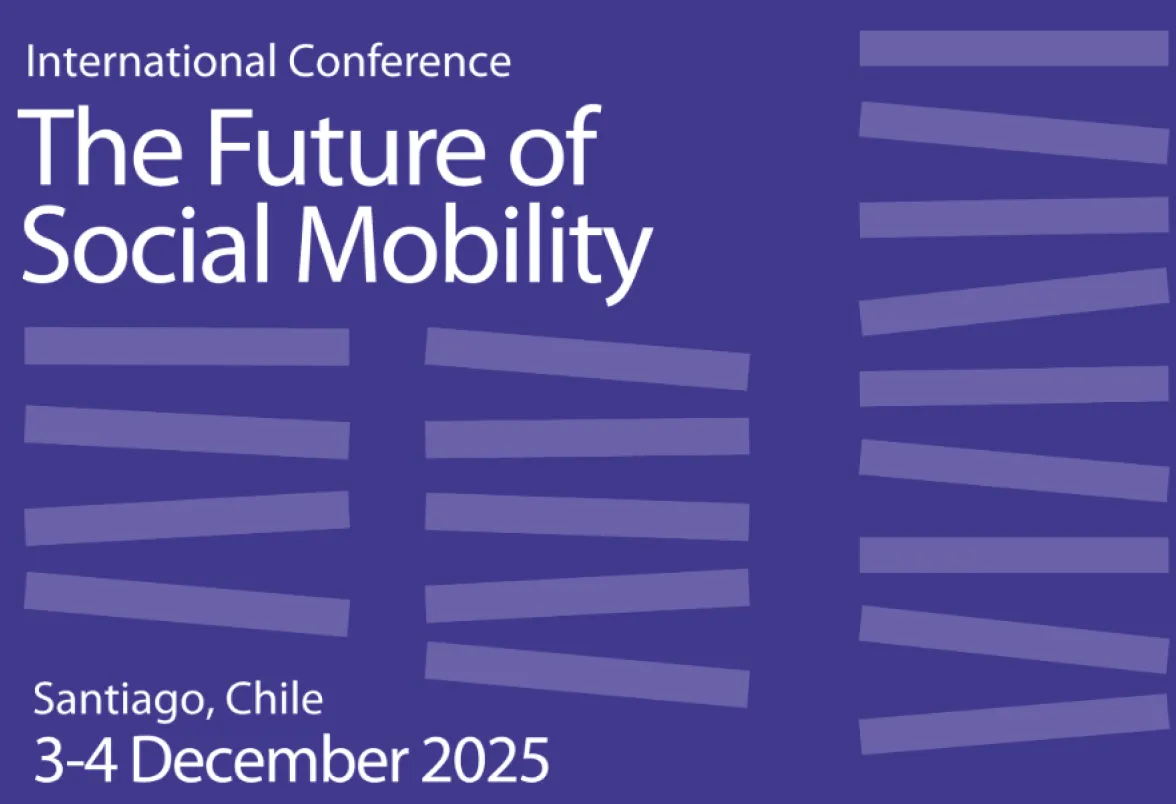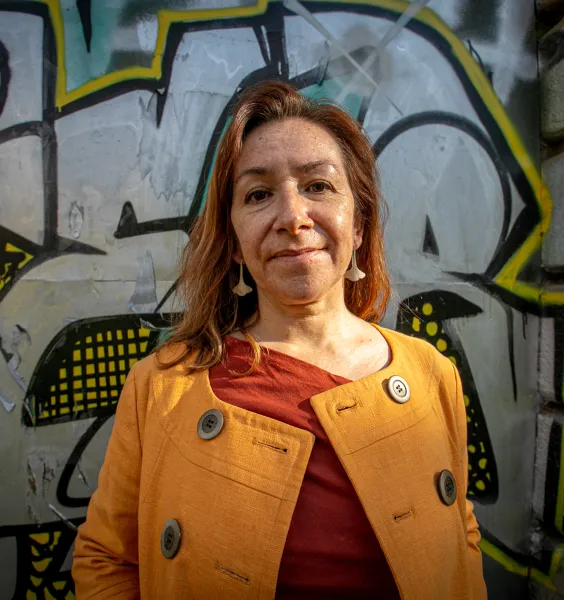Social mobility and its future
Successful trajectories of social mobility: Individual, territorial, and structural dynamics in tackling wealth inequality
Three years ago, the Centre for Social Conflict and Cohesion Studies (COES) in Chile launched the research project ‘Successful Trajectories of Social Mobility: Individual, Territorial, and Structural Dynamics in Tackling Wealth Inequality’.
The goal: to uncover how and why individuals achieve upward mobility despite systemic challenges. Supported by the Julius Baer Foundation, the study combined several hundred in-depth interviews with a large-scale national survey on social mobility. The findings are both diverse and nuanced, revealing significant differences shaped by participants’ backgrounds and personal trajectories. In this article, COES shares key findings and highlights critical discussion points for the upcoming conference.
Societies with higher levels of inequalities tend to exhibit lower rates of intergenerational mobility (Chetty et al., 2014). This pattern has prompted research in the case of Chile – a country marked by high rates of inequality, yet one that has experienced upward mobility over recent decades. Today, however, Chile is described as having a ‘broken elevator’ (OECD, 2020), reflecting concerns over stalled mobility. Now in its third year, our research offers findings that provide important avenues for discussion. One main aspect proved that contemporary societies continue to operate under the assumption that individual merit – defined as effort and talent – should be rewarded. However, this belief evokes both optimism and scepticism. Moreover, our findings reveal that conceptions of social mobility vary depending on the specific moments within individuals’ life trajectories.
At the first stage, people have recently experienced income mobility, but not necessarily any changes in cultural practices or social connections. While eco-nomic mobility is a key factor, it still is perceived as just one of the important elements on their trajectories.
In a second moment, people feel motivated to move spatially in search for better opportunities. Thus, mobility in this case means to move between neighbourhoods in order to access improved services, stronger connectivity, and, above all, safer neighbourhood security. Geographical mobility takes multiple forms: from international migration and regional displacement to intra-city moves from under-resourced areas to wealthier urban centres.
At a more advanced stage, socio-cultural mobility becomes a key aspect, especially as individuals face resistance from entrenched social structures. Notable is the use of free time. It enables individuals to pursue and develop cultural or sporting activities, as well as new social networks that shift over the course of their trajectories. Happiness emerges as both an end goal and a driving force in the process of social mobility.
Details about the survey
1,528 respondents aged between 30 and 70 participated in the national survey. 300+ in-depth interviews were conducted.
Key findings as avenues for discussions
Based on data obtained from a quantitative national survey of 1,528 respondents aged 30 to 70, and from over 300 in-depth interviews, our research reveals the following:
- The dominant pattern of social mobility is to move from manual or non-qualified occupations into the service industry. While individuals have attained higher education levels and improved social status compared to their families of origin, their trajectories rarely represent long-range mobility.
- Respondents express pride in their achievements and remain optimistic about further personal progress. They are especially hopeful about their children’s social mobility, though their views on the country’s overall trajectory are more cautious.
- Hard work remains the cornerstone of social mobility, alongside education. This reflects a continued belief in the possibility of upward mobility, even as doubts about the actual chances persist.
- While meritocracy is valued, many respondents are critical of how it functions in practice. These views differ among individuals who have experienced social mobility, and are shaped by factors such as gender, ethnicity, and territorial belonging.
- Participants are critical of the elite’s role in promoting mobility and see them as disconnected from the lives of regular citizens. Rather than aspiring to become part of the elite, many see social mobility as a path towards societal recognition and full inclusion.
- Women demonstrate the highest degrees of mobility. However, gains in income and authority are often inconsistent due to career interruptions – particularly when starting a family – which results in unstable trajectories.
- Women who have reached top positions, such as CEOs or board members, stress the importance of building networks to support other women facing similar challenges. They see mentorship and collaboration as key to progress and emphasise the need to lead by example for future generations of women. Many also credit male mentors for helping to open doors.
- Women tend to view mobility and meritocracy as a result of structural opportunities and collective endeavours, rather than individual effort and expected reward. In contrast, men who experience upward mobility often adopt a more individualised understanding of social mobility, are less critical of structural barriers, and are more in favour of celebrating individual meritocracy.
- Respondents who have succeeded in new and creative economic areas place a stronger emphasis on individual effort – over institutional support or educational credentials. In fact, this is the only group that argues that entrepreneurial skills are not always acquired through formal institutions.
- Participants with indigenous backgrounds acknowledge obstacles such as discrimination, living in rural areas and parental educational levels and expectations. They are committed to “giving back” to their communities of origin to create the same opportunities for others. Many of them participate in indigenous organisations to support political, economic, or cultural aspects.
This research offers evidence of enablers and drivers of upward mobility. Discussing and connecting these structural dynamics with innovative approaches allows for more inclusive and effective solutions.
International conference co-organised with Julius Baer Foundation

This international conference will explore today’s most pressing challenges surrounding social mobility. Bringing together leading voices from academia, the public and private sectors, philanthropic organizations, NGOs, and other key stakeholders, the event will foster cross-sector dialogue on innovative approaches to understanding and addressing inequality and social mobility.

Associate Professor at the Institute of Urban and Territorial Studies at the Pontifical Catholic University of Chile, Director of the Centre for Social Conflict and Cohesion Studies (COES), and Principal Researcher at the "Geographies of Conflict and Cohesion" research line at the same centre.
She is also Principal Researcher of the Fondecyt Project N°1191440, “Cultural Repertoires, Socio-spatial Trajectories and Politics: Fragmentation and Conflict within the Upper Middle Class in Chile”. She is author of Upper Middle Class Social Reproduction (Palgrave, 2019) as well as several papers in journals such as Cities, Urban Studies, City and Community, The Sociological Review, among others. Her research topics include subjective aspects of social mobility and social stratification, place attachment, and urban conflicts.
